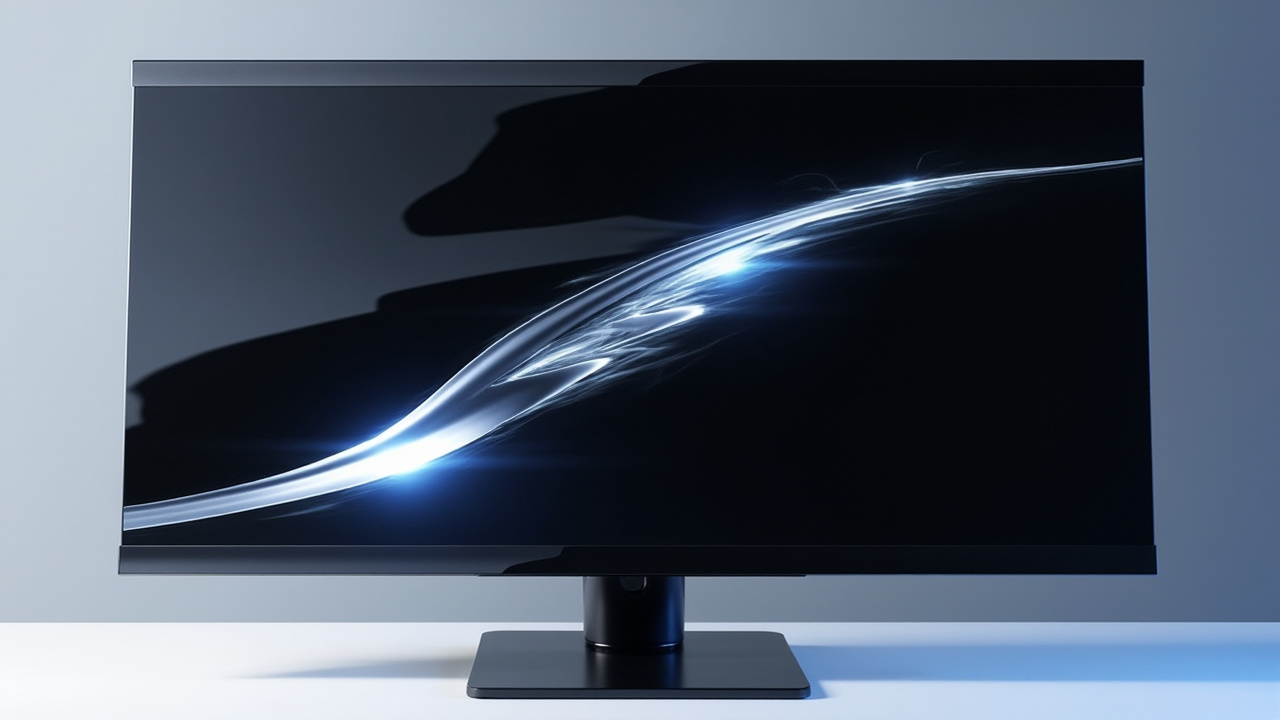macOS 26 Tahoe Launch: Critical Commentary

Apple's recent unveiling of macOS 26, dubbed Tahoe, marks a significant evolution in the company's operating system for its Mac lineup. Central to this update is the upgraded Spotlight feature, promising an enhanced user experience by allowing natural language searches and integration with third-party applications. The new design aesthetic—featuring a fluid glass interface—along with innovative functionalities such as real-time activities and an upgraded game app, showcase Apple's continuous drive to blend aesthetics with functionality in a competitive tech landscape.
From an innovation perspective, the refinements in Spotlight could shift how users interact with their Mac devices. By enabling natural language processing capabilities, Apple aligns itself with the growing trend of intuitive user interfaces powered by AI. This is a strategic move not just to enhance user satisfaction but to position the company at the forefront of the AI evolution in consumer technology. The personalized features that learn from user behavior are indicative of a future where software not only adapts to but anticipates user needs, a vital differentiation in a crowded market. Furthermore, the new game functionalities—particularly the introduction of Metal 4—illustrate Apple's intent to engage with an expanding gaming demographic, reflecting broader trends towards cross-platform gaming experiences and the ongoing 5G rollout which elevates mobile gaming capabilities.
However, opportunities come paired with risks. The seamless integration of Spotlight among various apps raises questions about data privacy and user security, especially given the current climate of heightened awareness around these issues. As consumers grow more savvy about their digital footprints, Apple must balance innovation with responsible data management. Additionally, while the design enhancements may appeal aesthetically to users, there’s the underlying challenge of ensuring that legacy users adapt to the new interface without fragmenting their experience with the system. The focus on personalization—while beneficial—may lead to unintended consequences, such as over-reliance on system suggestions at the expense of user autonomy.
In conclusion, macOS 26 Tahoe is a significant vanguard in Apple's strategy to reinforce its footprint in the tech landscape, particularly against competitors like Microsoft and Google. With its novel features and refined design, it’s poised to attract users seeking both personalization and sophistication in their devices. However, as Apple ventures further into AI-driven functionalities, how will it address the growing consumer concern over privacy and data security? The coming months will likely reveal the balance Apple strikes between innovation and consumer trust, underlining a critical juncture that could shape user adoption trends moving forward.
Read These Next

The ROG Xbox Ally: A New Era in Handheld Gaming Devices
This article explores the significance of the newly revealed ROG Xbox Ally handheld console, covering its features, market relevance, and potential impact on mobile gaming and subscription services.

Apple's New OS Launching This Fall: What to Expect
At WWDC 2025 on June 9, Apple CEO Cook announced a new OS aimed at enhancing user experience and showcasing Apple’s innovation.

SDC's Lightning 540-Meta: First 720Hz Monitor Launch
SDC unveils the first-ever 720Hz monitor—a technological milestone that might redefine gameplay and display quality, pushing gaming experiences to a new level while posing challenges and opportunities in adoption.
